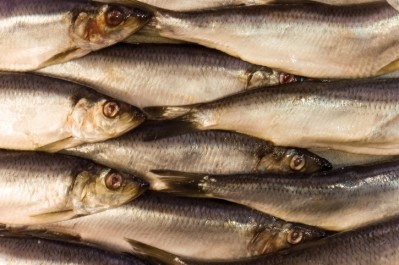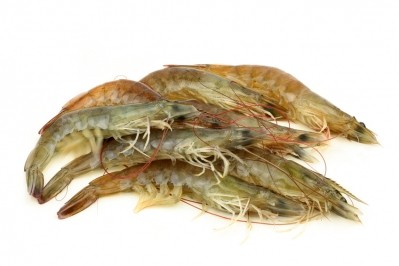Animal nutrition division proving growth driver for US fishmeal producer

Earnings for the quarter ended June 30 2016 were $112.7m, compared to the $93.2n for Q2 2015.
The animal nutrition division of the Texas headquartered company, which produces feed products derived from menhaden fish harvested in the federally-regulated waters along the Atlantic and Gulf coasts, bagged a good chunk of the revenue.
That feed market targeted segment increased earnings by $24.7m, but that growth was partially offset by a $5.3m dip in Omega Protein’s human nutrition business.
The jump in animal nutrition revenues, said the frim, was primarily down to a hike in sales volumes of 47% and 101% for its fish meal and fish oil, respectively. That volume growth, it said, helped dog the challenges of lower sales prices for those fish and livestock feed ingredients of 9% (fishmeal) and 20% (fish oil).
Animal nutrition biz growth drivers
CEO, Bret Scholtes, on an earnings call, noted the success of its animal nutrition segment has consistently depended on three primary drivers: production volumes, revenue per ton and cost per ton.
“The first driver, production volumes, is the result of our fishing efforts including our fish catch and yields. We have enjoyed a good fishing year to date.
“Through July 29, 2016, the company's production from our Gulf of Mexico operations was approximately 66,000 tons, a 3% decrease compared to the corresponding period in 2015 but 10% higher than the three-year average.
He said its Atlantic operations have produced around 24,000 tons of fish meal and fish oil after catching about 51% of the companys' 2016 quota. "These encouraging production results reflect the good harvest to date combined with high yields. Harvest results are 15% lower than at this point last year but 5% higher than the three-year average,” he said.
And yields are materially better this year, added Scholtes.
“The second driver for success is our revenue per ton which is driven by the global supply and demand dynamics for fish meal and fish oil. As we have reported on previous calls, supply and demand fundamentals continue to be favorable for producers,” continued the CEO.
And he said the third driver of Omega Protein’s success is its production cost per ton, with those costs in line with expectations so far this year.
Scholtes said the company is upbeat about the strategic investments it has made to increase its fish meal and fish oil production and to improve its cost structure: “The capital projects announced earlier this year are on track to contribute in 2017. As a reminder, these projects are expected to enhance yield at all three fish processing facilities, increase processing rates at our Abbeville facility and convert two newer vessels to replace older vessels in our Atlantic fleet.”
Global demand 'strong'
He said demand for fishmeal and fish oil remains strong, and the outlook for the world aquaculture remains positive.
“From a supply standpoint, global production volume is currently stable, although the first North Central Peruvian fishing season ended last week with less than half of the quota being harvested. These lower than expected landings can be attributed to harvest restrictions due to high juvenile presence, sea conditions and the onset of spawning.
“Despite a challenging first season, recent reports reference that South American harvest and production may increase in the second half of 2016 and return to more historical catch levels because the biomass appears to be healthy.
“As a result of these factors, pricing has remained fairly stable and considering the modest prices for fish meal and fish oil realized just 5 to 10 years ago, current pricing is still strong by historical standards. For example, the ten year compounded annual growth rate of our revenue per ton has been approximately 9% for the last few years,” said Scholtes.
He told analysts on the call that the likely premium attached to recently developed microalgae derived DHA products and the additional fish feed capacity coming on stream through a new Marine Harvest salmon feed production facility in Scotland over the next two years, will support Omega Protein's animal nutrition strategy and shore up its position globally as a niche and stable marine feed resource supplier.
Human nutrition drag
But he said Omega Protein’s human nutrition business continues to struggle to achieve the scale required to meet desired financial targets. The company said there would be no more investments within that division in the short term.
Investors, Wynnefield Capital, which owns nearly 8% of shares in Omega Protein has long battled for the company to focus only on animal nutrition, referring to its “disastrous foray into the human nutrition business” in a letter to shareholders in June.
Those New York based questioned the quality of some of Omega Protein’s board members, nominated two new directors in June and, subsequently, won the backing of shareholders in a vote later that month, with their nominees gaining two seats on the board.













